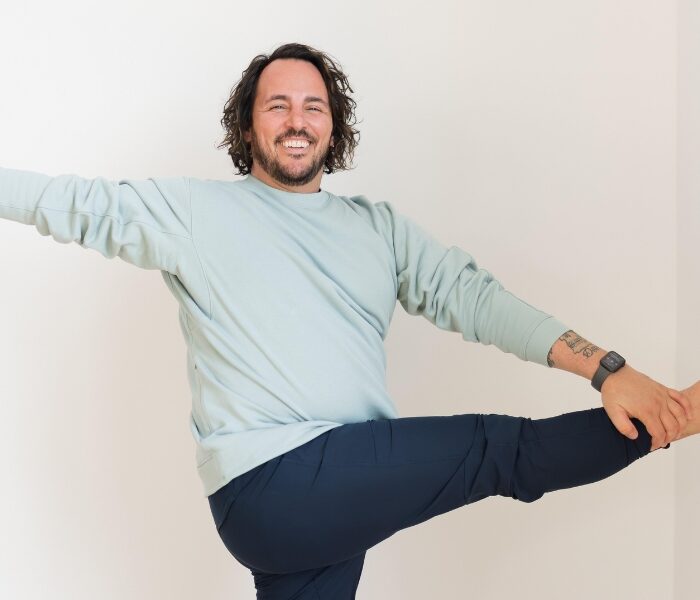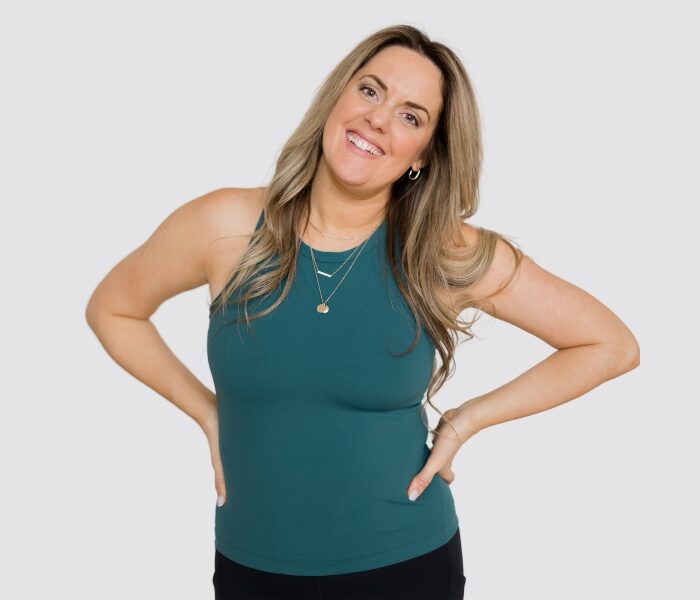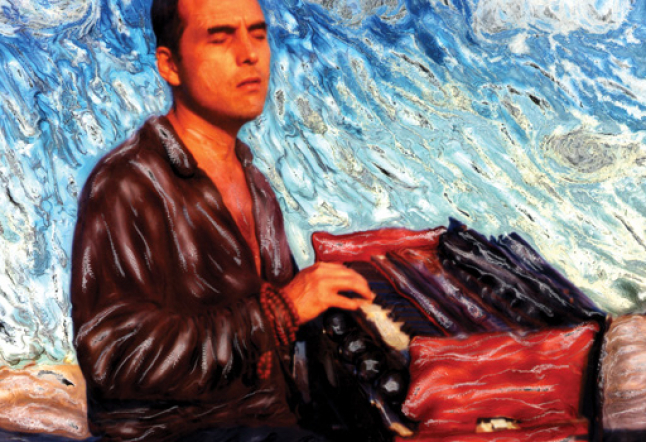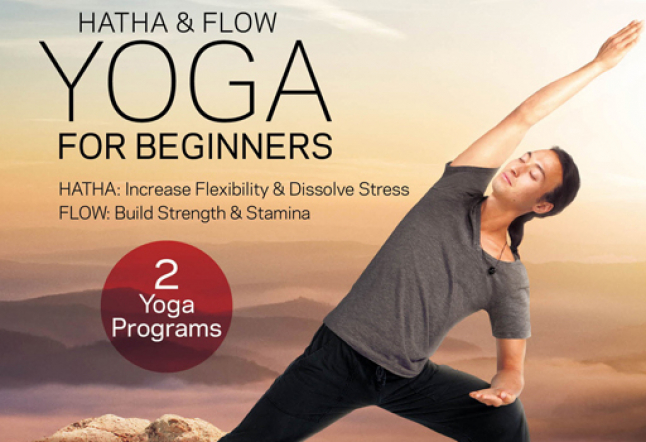jill miller
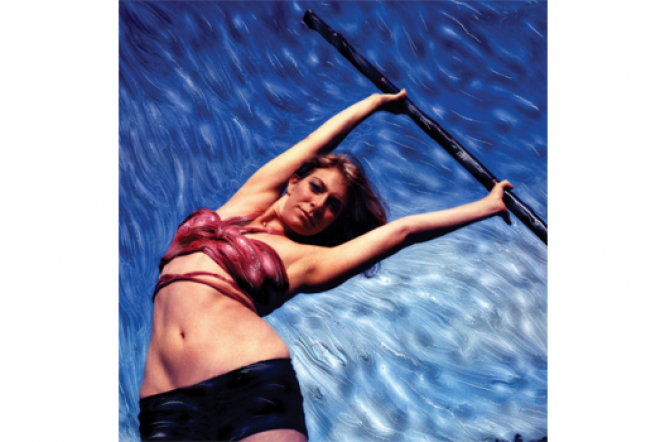
Forty years ago, when most of us thought that people who did yoga were part of some strange cult, Jill Miller began her practice.
She discovered her mother’s Raquel Welch Yoga video and raced home from school to do yoga.
“It relieved my soreness, and I started doing the stretches daily,” she says.
While growing up in the very liberal and open-minded Santa Fe, New Mexico, her parents divorced, and yoga became her primary outlet.
“It gave me physical fortification and time to be quiet and have solace,” she says.
Early Influences and Mentorship
Jill started working at the Omega Institute for Holistic Studies in New York during college.
“It is where I lived in a tent in the woods for three months and met my first and truest teacher to this day, my mentor, Glenn Black.
His classes were radical; the physical work was exact, based on Iyengar and physical therapy.
The meditation and concentration work were from the Bihar school and are profoundly clarifying,” she explains.
“It leads you into a direct experience of yourself all the time, which can be devastatingly sublime.”
Teaching and Growth
That same summer at Omega, she started subbing dance classes, allowing her to lead hundreds of students daily in improvised movement with live drumming.
These classes laid the foundation for her teaching techniques. “I went back to college and had the voice of my teacher talking to me every day,” she says.
She returned to Omega for the next three years as a member of the Core Faculty – teaching dance, movement, and yoga while assisting Glenn in his yoga workshops.
“Omega took a big risk, giving me at [age] twenty so much responsibility to teach these adults how to let down their hair while on a retreat!” she explains.
An Eclectic Approach
Ana Forest, Shandor Remete, and Kofi Busia’s work and years of modern dance and bodywork training have also influenced Jill Miller. She synthesizes the best of all these techniques into her practice.
“My signature work is called” ˜Core Integration: A Total Abdominal Awakening.’ Students approach my classes and workshops to route their yoga through their center.
In the process, they develop a much more tangible connection to the wealth of information the body stores there.”
Her system “penetrates weak muscle tissue, awakens sluggish organs, stretches scar tissue and cultivates vibrancy throughout [the] nervous system.”
A Focus on the Body
“There is a ton of gut work,” she says. “We do uddiyana bandha, agni sara, nauli kriya, pelvic locks, abdominal strengthening, and a lot of pranayama.”
She develops themes from science, nature, the Bihar texts, Yogi Ramacharaka, and creative experimentation.
“Dealing with students who are plagued with injuries and pain in one degree or another spurs me to keep coming up with things that are suitable to help them,” she explains.
Precise Teaching
Her teaching is really technique-less or downright eclectic and spontaneous.
She credits her studies of anatomy, functional movement, and bodywork as compliments to the introspective esoteric of yoga practice.
“The yogis sought to know themselves from within, and the only way to know is to do a lot of practice.
Yoga is a process of self-awakening, not somebody else waking you up,” she illustrates. In her classes, she works with fantastic precision.
She will spend twenty minutes on the smaller muscles in your back or thirty minutes internally and externally rotating the leg, creating more open hips. At first glance, the movements appear easy.
They are simple, but they are far from easy if you work meticulously.
She strengthens the core while opening the hips, shoulders, and spine.
She forces you to use easily avoided muscles, creating an environment just right for self-breakthroughs.
Thankfully, she keeps things light in the class because the work is challenging yet incredibly open.
The Future of Yoga
For Jill Miller, the future is wide open.
“I will continue teaching workshops and retreats around the globe and assisting Glenn whenever I have the opportunity.”
She travels to Costa Rica yearly for a month-long intensive with him and will host his workshops in Los Angeles in September.
She is currently working on a DVD entitled Yoga Tune-up.
“Exercises help open up joints, create a range of motion and stability, and lubricate the whole body from within.
It’s a preamble to asana,” she says. “I believe that asana is medicine.
Hatha yoga is about health. It calls into question how you relate to your nature physically, mentally, and spiritually.
Ultimately, your practice should help you function better globally,” she adds.
“Mentally, the practice should help to still your anxiety: the second sutra. [yogas citta vrtti nirodhah, which means that yoga or union happens when there is a cessation in the fluctuations of the mind].
I intermingle all these things so my students have a complete practice.”
Follow Jiller MIller on: Website – IG – YouTube
Read next >>> Govindas and Radha
